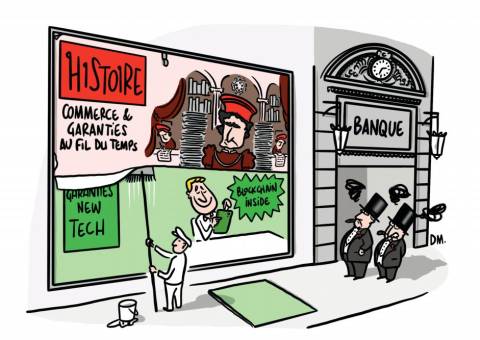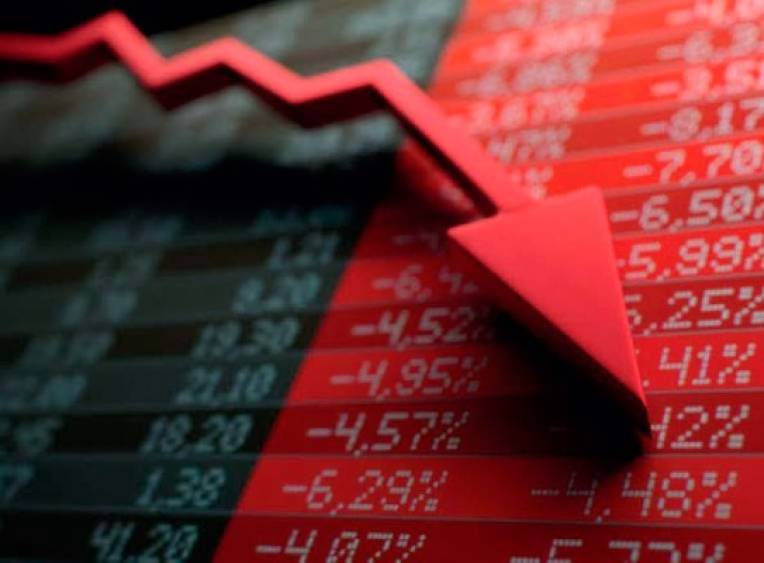
The Financial Volatility of Islamic Banks during the Subprime Crisis
Créé le
10.09.2013-
Mis à jour le
28.09.2017This empirical study examines the financial stability of Islamic banks during the subprime crisis. It covers a sample of fourteen Islamic banks and fourteen conventional banks. The conditional variance (volatility) of returns was used to measure financial stability. The E-GARCH and GJR-GARCH asymmetric models were used to estimate volatility due to their ability to take into account the leverage effect. The results of this study show that conventional bank returns were highly volatile during the crisis period, while Islamic banks saw their volatility – initially low – increase during the crisis, though to a much more moderate extent. These results corroborate both the hypothesis that Islamic banks were at least partially immune to the subprime crisis and the underlying hypothesis that Islamic banks are not subject to the same risks as conventional banks – although, due to their links with the real economy, they do eventually suffer the consequences of the subprime crisis.
Keywords: Islamic Banks; Financial Stability; Subprime Crisis; Volatility; Leverage Effect.
JEL classification: G12; G15; G21.


![[Web Only] Tarifs bancaires : les banques amortissent l’inflation [Web Only] Tarifs bancaires : les banques amortissent l’inflation](http://www.revue-banque.fr/binrepository/480x320/0c0/0d0/none/9739565/MEBW/gettyimages-968963256-frais-bancaires_221-3514277_20240417171729.jpg)




